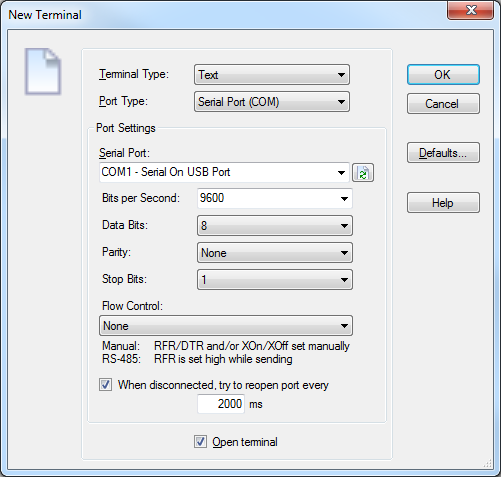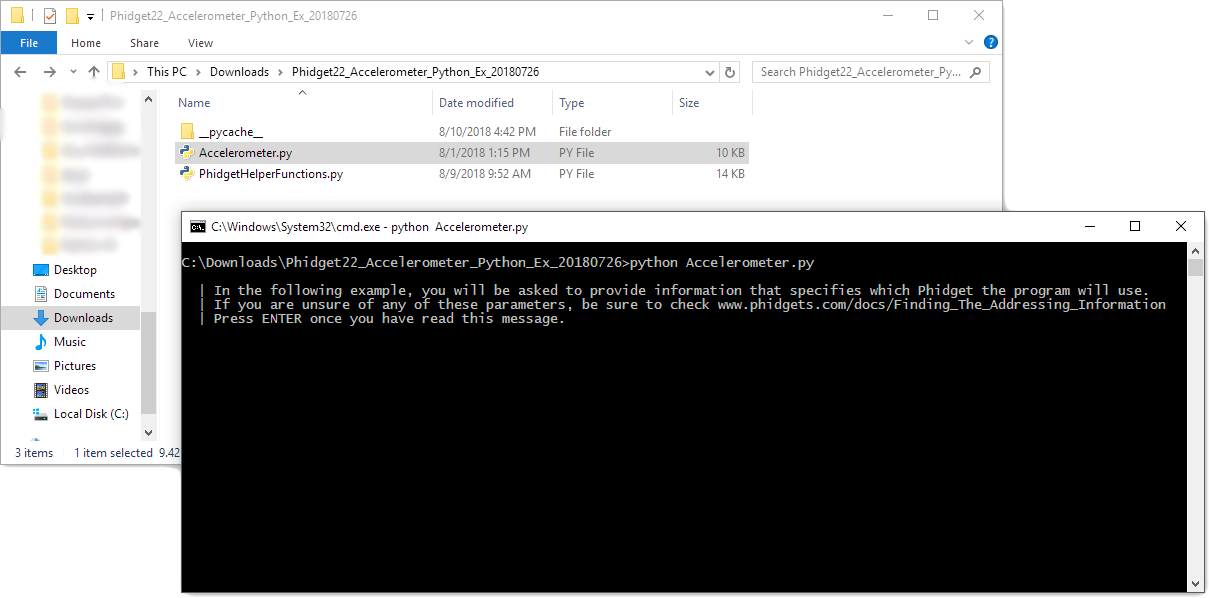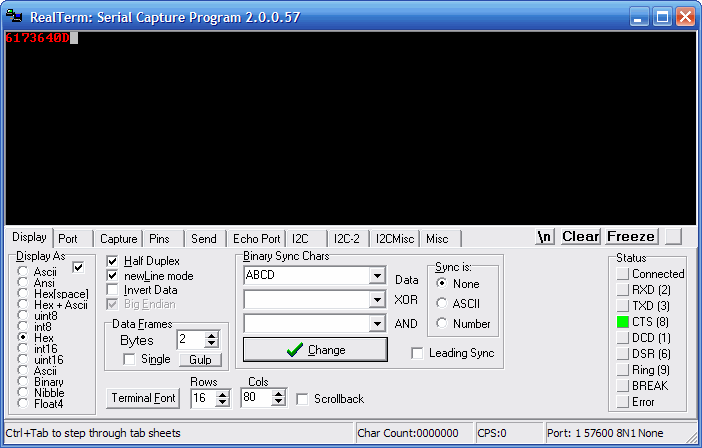Python Serial Port Example Windows Product
Cross Platform serial communication using Python. Serial port named COM24. It on an excel sheet.In this example I will show you how to. Setting up Python to work The serial port a.k.a A few years ago I ve written several posts about working with the serial port using Perl and C on a Windows.
I've recently gotten my hands on an Arduino (or rather a Genuino, but the overall architecture should be the same) UNO. I'm now using that Arduino to test how data is transmitted from a USB to Serial Connector to the Arduino.
I've already verified that data transmission from Arduino to the PC is possible, by using hTerm and PySerial. However, whenever I send data from Pyserial or hTerm, it doesn't show up in the Arduino serial terminal. Also, I'm using SoftwareSerial to set up a secondary serial terminal to see what the Arduino receives. (I'm using the standard serial port to send data to the terminal, and the SoftwareSerial Port to connect to the USB to Serial Connector.)
Here's my code so far:
Python side:
Download it right now! You will certainly enjoy its fascinating gameplay. Play Auto Tampo Moto Gp game free! Download game motogp 2014 jar.
The Arduino side looks like this, and is essentially the default example:https://www.arduino.cc/en/Tutorial/SoftwareSerialExample

The Terminal never prints 'Hello User'. Also, no other signals are being printed. By removing the if-condition, I get a whole lot of 'Hello User' and '-1' in the Arduino IDE serial monitor.
Concerning my setup:
I've got an USB to Serial converter, which is connected as 'COM3'. On the other side, I have an Arduino UNO which is connected via USB to the same computer. The TX pin of the converter is connected to the RX pin of the Arduino and vice versa. Also, Ground is connected to Ground. Furthermore, I use Jupyter/IPython notebook to run my Python script, and the default Arduino IDE to compile programs for my Arduino. In the case there I received data from the Arduino, I used the script specified in the URL provided, which is very similar to the one I'm already showing here. Also, ser.write() is replaced by ser.read(1), so that it reads one byte at a time. My system is Windows 7 (64 Bit).
Edit: Here is an established connection between hTerm (a serial terminal) and the Python script while using com0com as a port emulator.
per12342 Answers
Python Serial
What do you think should come out?
I'm no expert with Python but you seem to be using struct pack, which I think prepends a number of bytes to the data to generate a 4 byte word. You are using NULL, 0 to pack the structure. When Serial.println() encounter a NULL it will assume that is the end of the string. So you seem to be printing a zero byte string.
Oh and Serial.read() only reads one byte of data, so there is an issue with that too. I suspect that the write call has a similar issue, you normally need to supply a size parameter because its binary data.
Does that make sense?
Code GorillaCode GorillaWhen you run your python code, do you see the things you are sending on the screen there?
Python Serial Port Example Windows Product 7

I think you need to be calling ser.open().
C# Serial Port Examples

Not the answer you're looking for? Browse other questions tagged serialsoftwareserialpython or ask your own question.
|